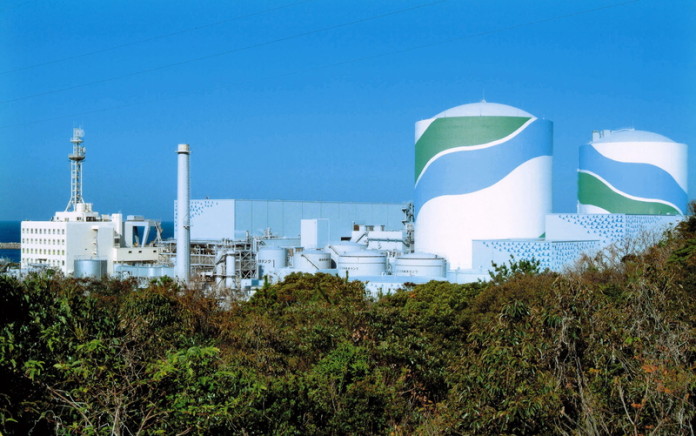
Japan has made a controversial return to nuclear power generation by restarting a nuclear reactor for the first time under new safety standards put in place since the Fukushima disaster, triggered by a powerful earth-quake and Tsunami in 2011 which forced the evacuation of 160,000 people, many of whom might never return home.
- Kyushu Electric Power, the operator of the Sendai plant, said it had restarted one of the facility’s two reactors. The 30-year-old Sendai No 1 reactor is expected to reach full capacity next month and the second Sendai reactor is due to restart in October.
- These two reactors at the Sendai plant got approval last September from Japan’s Nuclear Regulation Authority under stricter safety rules.
- While two reactors were allowed to restart for one fuelling cycle under the old standards in 2012, the whole sector has been shut down since September 2013, forcing Japan to import record amounts of expensive oil and liquefied natural gas.
- So it was important to restart reactors from the perspective of energy security, the economy and to comply with the measures against global warming. And beside all, the Prime Minister, Shinzo Abe assured that Sendai’s reactors had passed “the world’s toughest safety screening” confirming that Fukushima incident will not happen again.
- Operators have applied for permission to restart Japan’s 25 reactors at 15 plants but till now only five at three plants have been cleared for restart. Actually, the government wants the nuclear power to account for as much as 22% of Japan’s energy needs by 2030.
- However, Greenpeace predicts, with such less no of active plants, the nuclear will provide hardly 2%-8% of Japan’s electricity generation by 2030, far lower than the government’s target.
AffairsCloud Recommends Oliveboard Mock Test
AffairsCloud Ebook - Support Us to Grow
Govt Jobs by Category
Bank Jobs Notification




